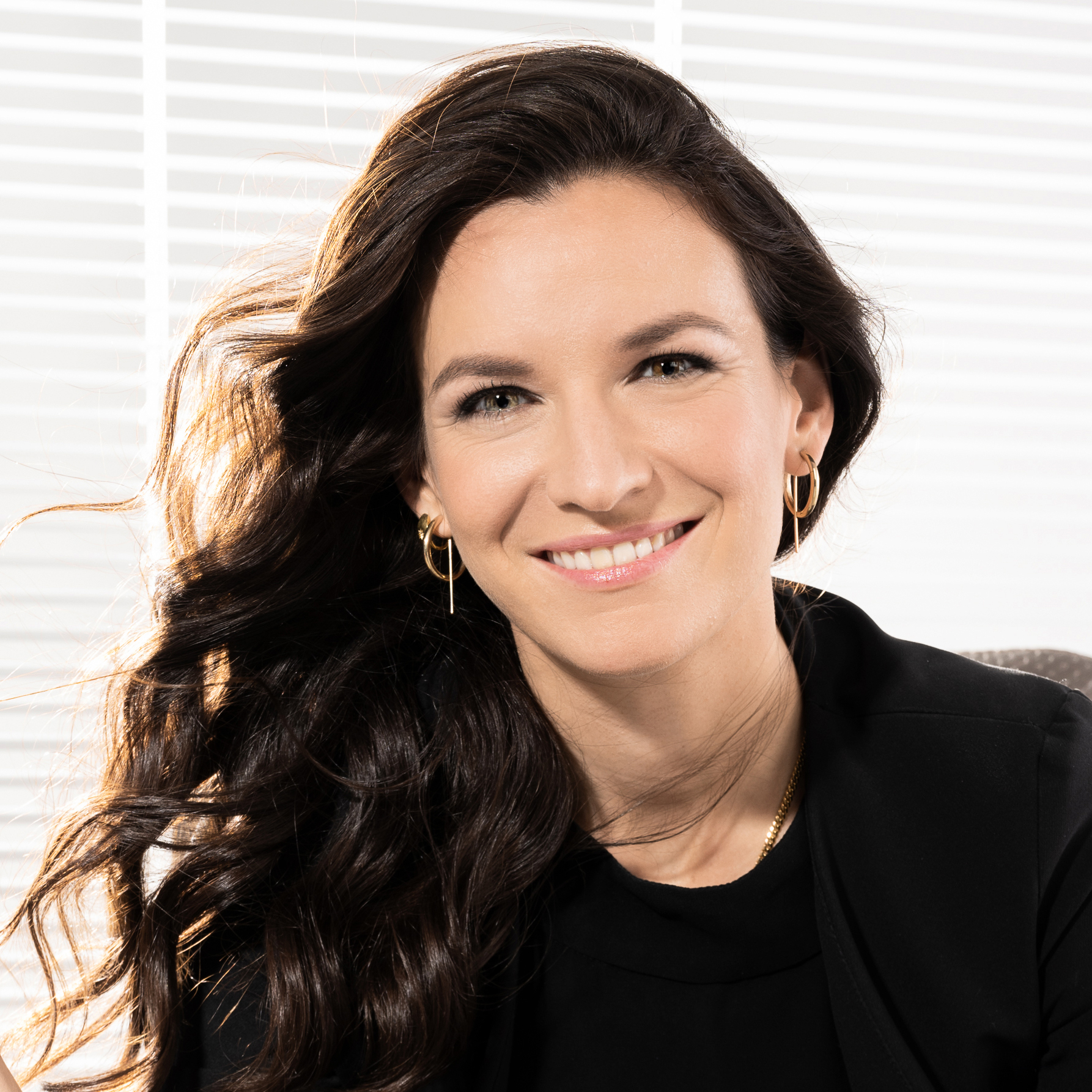For its 50th anniversary, Cell Press invited Joshua Gordon, then the head of the National Institute of Mental Health, to look ahead at the future of mental health care and write a review. Gordon invited Carney’s Frederike Petzschner to co-author the article, along with Duke University psychiatrist Kafui Dzirasa.
The journal Cell published their review, “The neuroscience of mental illness: Building toward the future,” last month. It counters the notion that neuroscience hasn’t made significant contributions to the treatment of mental illness, citing the development of antipsychotics and antidepressants and the use of brain stimulation to treat major depressive disorder and obsessive-compulsive disorder.

The authors also hint at a harvest of new treatments to come. They cite rapid progress in scientific understanding of domains of brain function and point to new avenues of neuroscience research, including the increasing use of computational approaches and new tools to study neural circuits. This rapid progress, they say, will translate into new drug targets – then new treatments – for mental illnesses, which affect 59.3 million American adults.
Petzschner, an assistant professor with the Carney Institute of Brain Science and co-director of Carney’s BRAINSTORM program, sat down recently to discuss the review and the future of mental health care.
Why does neuroscience get a bad rap when it comes to understanding, and treating, mental illness?
Because there aren’t a lot of visible treatments to point to, people think neuroscience isn’t having a clinical impact. Also, treatments that do show a clear link to neuroscience, like deep brain stimulation or TMS therapy for depression, are often for more extreme, treatment-resistant cases.
Part of the problem is that it takes on average 10 to 17 years for scientific discoveries to turn into real-world applications. And there often aren’t incentives to take projects the extra way to commercialization. That’s why Carney has created the BRAINSTORM program – to translate science into clinical applications to improve mental health and well-being.
Much of the article describes neuroscience discoveries made possible by a variety of new tools – fluorescence-based sensors, voltage indicators, three-dimensional organoids. Many of these tools are used and built at Brown. What role are Carney affiliated faculty playing in this progress?
Carney faculty are truly at the forefront of neuroscience innovation. The faculty use and sometimes create a wide set of technology. For example, Wael Asaad uses intracranial recordings in his lab. Chris Moore uses calcium imaging and optogenetics. And groups run by Stephanie Jones, Matt Nassar or I measure brain physiology and behavior using EEG and fMRI, pupillometry or ECG.
Carney is recognized globally for its contributions to computational methods in mental health, particularly with leading figures like Thomas Serre and Michael Frank. The BRAINSTORM program raises our reputation further by supporting the development of software and AI tools that accelerate research.
In your paper, you note that the Cell Census Network, part of the National Institute of Health’s BRAIN Initiative, helped scientists identify over 3,000 distinct human brain cell types. That’s stunning. How is this diversity of cell types changing how brain science is done?
In ways we don’t even know yet! We’re just at the beginning of our understanding of these different cell types. There is an incredible amount of complexity in the brain, and we are only beginning to see how this complexity contributes to the computation in larger cell networks and to the development of mental illness.
Your cell phone app, SOMA, is based on neurobiological research and is currently being used to create personalized treatments for people with chronic pain. Do you see a future where apps will be part of a care plan for people with depression, anxiety or other forms of mental illness?
Yes. It’s already starting. There are several examples where apps are already delivering therapeutic interventions. Some apps, like Headspace or Calm, live in the wellness space and don’t make specific claims about treatments but offer access to breathing and mindfulness-based interventions. There are also start-up companies trying to build fully digital therapeutics that deliver treatments via the smartphone. Germany is one of the countries that is furthest ahead. They’ve recognized that digital therapeutics are efficient and often more accessible in treating conditions such as anxiety and chronic pain, and clinically approved apps can already be prescribed by physicians and reimbursed through insurance. The U.S. is making this standard prescription model easier, and I believe we’ll soon see a surge in digital therapeutic applications that will get FDA approval.
With SOMA, we are building an AI-powered platform that includes a digital therapeutic for people with chronic pain. About 40% typically also suffer from depression. We’re building a smart recommender system into SOMA that learns to deliver interventions tailored to the experience, history and symptom trajectory of the user – and that learning continuously improves over time.
You and your co-authors express optimism about the future of neuroscience-based treatments for mental illness. What makes you most hopeful?
I have a personal bias because I work in computational psychiatry and have seen that computational models have a unique translational capacity that allows us to bridge scientific insights across species and levels of description.
Another development that gets me incredibly exited is a surge of studies over the past couple of years about the interplay between the body and the brain. These include studies on the gut-brain axis that show that the reward from sugar comes from sensors in the upper gut that detect energy available and directly signal to the brain’s dopamine system. Since most mental illnesses are tightly linked to somatic symptoms, like changes in sleep or appetite, I see huge potential in the study brain-body interactions. It’s an exciting time.